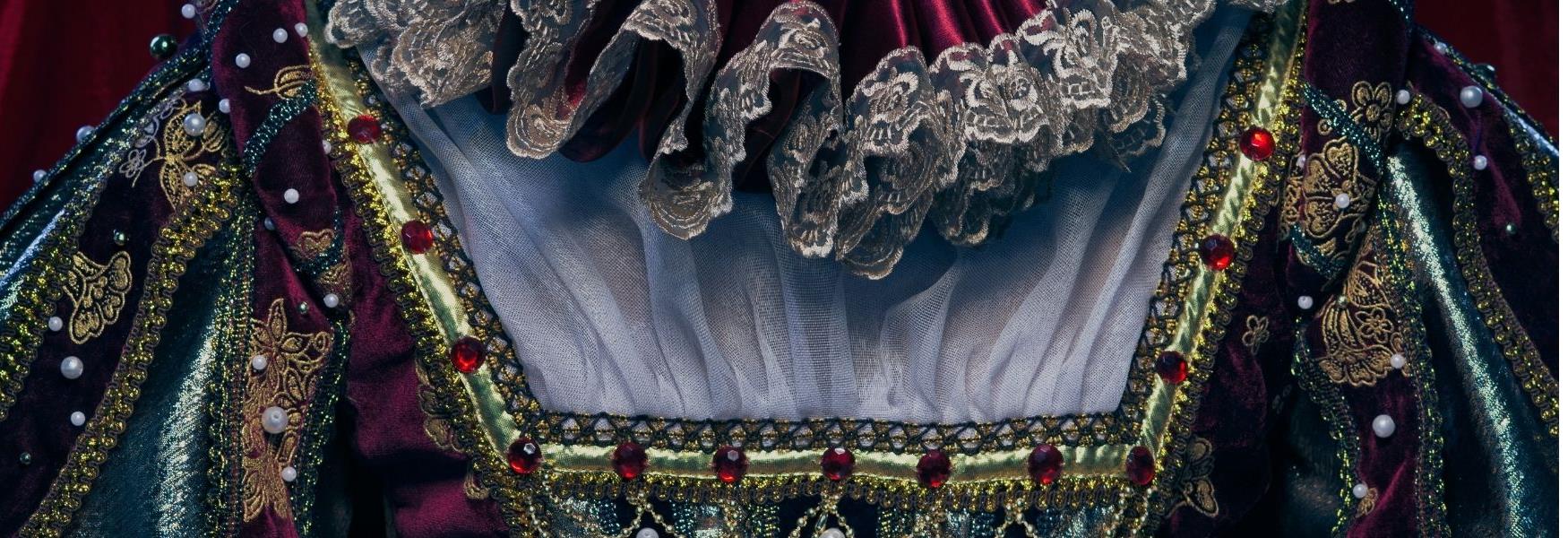To build your own Itinerary, click  to add an item to your Itinerary basket.
to add an item to your Itinerary basket.
Already saved an Itinerary?



You are here: UK History > Women's History > Suffragists and Suffragettes
The battle for women’s suffrage really started to take off in the middle of the 19th century, when women across the UK started campaigning for the right to vote. Early campaigns were started by the London National Society for Women’s Suffrage and the Manchester National Society for Women’s Suffrage, both of which were founded in 1867.
Both the LNSWS and the MNSWS began by petitioning and circulating pamphlets. At the time, it was rare for women to speak publicly, so the public meeting held on 14th April 1868 at the Manchester Free Trade Hall is seen as a significant moment in the start of the battle for women’s suffrage.
In the later part of the 19th century, the MNSWS extended their activities creating a more national movement. In 1897, the various societies around the county joined...Read More
The battle for women’s suffrage really started to take off in the middle of the 19th century, when women across the UK started campaigning for the right to vote. Early campaigns were started by the London National Society for Women’s Suffrage and the Manchester National Society for Women’s Suffrage, both of which were founded in 1867.
Both the LNSWS and the MNSWS began by petitioning and circulating pamphlets. At the time, it was rare for women to speak publicly, so the public meeting held on 14th April 1868 at the Manchester Free Trade Hall is seen as a significant moment in the start of the battle for women’s suffrage.
In the later part of the 19th century, the MNSWS extended their activities creating a more national movement. In 1897, the various societies around the county joined together to form the National Union of Women’s Suffrage Society after recognising the need for a united front.
In the early 19th century, things were starting to change, with more women beginning to find employment, particularly in industry. Previously, women were left to look after the house and raise children but as the industrial revolution started to take hold, more women were being given jobs, especially in the textile industry. Women were restricted in how many hours they could work, which gave women a new sense of freedom and independence. The restricted hours however, didn't make the work any safer.
Despite an increase in a female workforce, a proposal to give women the vote was rejected in 1867 and in the years that followed, Women’s Suffrage became much more prevalent.
The Suffragists was a peaceful campaigning group led by Millicent Fawcett, while the Suffragettes were created and run by Emmeline Pankhurst and her daughters. The Suffragettes were the group known for smashing windows, hunger strikes and causing general destruction, while the Suffragists focused on petitions, pamphlets and peaceful protest.
Emmeline Pankhurst and her daughters wanted the vote by any tactic necessary and the actions of the suffragettes drew criticism, especially when they burned down David Lloyd George’s house in 1913. David Lloyd George had always been more supportive than his peers, so targeting him seemed counter-productive. Prime Minister Asquith had long been steadfast in his opposition of women’s suffrage and it wasn’t until David Lloyd George replaced him that votes for women seemed possible.
Millicent Fawcett on the other hand, took a moderate position and distanced herself from the actions of the suffragettes as she believed the campaign would fail if MPs were alienated.
As a way of dealing with the problem of suffragettes undertaking hunger strikes while in prison, the government actioned the Cat and Mouse Act, which saw women undertaking hunger strikes to be released temporarily to prevent them from dying in prison, but were rearrested once they were in a healthier state.
A staunch feminist, socialist and passionate Christian, Emily Davison joined the suffragettes and was arrested on nine different occasions. She went on hunger strike seven times and was force fed 49 times. She is best known for being killed by the king’s horse at the 1913 derby after running out in front of the horses.
On 4th June 1913, Davison took two suffragette flags from the WSPU offices and travelled to Epson to attend the derby. Right before the home straight, she ran onto the course, reaching for the reins of King George V’s horse and was knocked to the ground. The horse fell in the collision resulting in the jockey also being injured.
Davison was taken to a nearby hospital where she was operated on but never regained consciousness. She died on 8th June from a fracture at the base of her skull. An inquest into her death took place a few days later and it was decided that she did not intend to commit suicide – however her purpose in attending the derby was never determined. It has been suggested that she was attempting to attach a flag to the King’s horse. One of the flags was recovered and is now on display at the House of Commons.
More than 300 suffragettes would be incarcerated at Holloway Prison in London during the campaign for votes for women. Built in 1852, the prison became a female only site in 1903, several prominent suffragettes spent time at the prison, including Emmeline, Christabel and Sylvia Pankhurst.
Suffragettes were not recognised as being political prisoners and after the Cat and Mouse Act didn’t appear to be a deterrent, force feeding began without the consent of the prisoners. The practise was deemed to cause health problems and was often painful.
The beginning of WWI saw a temporary break in campaigning. Many of the suffrage prisoners were released and as the men had been sent off to the front, suffragettes were required to contribute to the war effort by working in factories and training as mechanics and nurses. Both groups continued to work on representing women and campaigning for gender equality during the war, however, the Suffragists were pacifists and didn't support the government's work effort, while the Suffragettes put much of their domestic terrorism on hold and campaigned to support the war effort. Both groups proved during the war that women were essential to keeping the country running.
After the war ended, married women over the age of 30, who owned property were given the right to vote, while male suffrage was extended further. Despite their unvaluable work during the war, many of the women who had taken up jobs were expected to leave them and return to the home and it wouldn’t be until 1928 that voting age for women would be lowered to 21.
Read Less© Visit Heritage 2025. All Rights Reserved


We are now retrieving your search results. Please wait, this may take up to 30 seconds


![]()
Supporting the Destination
![]()
Quality Guarantee
We are now retrieving real time availability results. Please wait, this may take up to 30 seconds.

.png)


